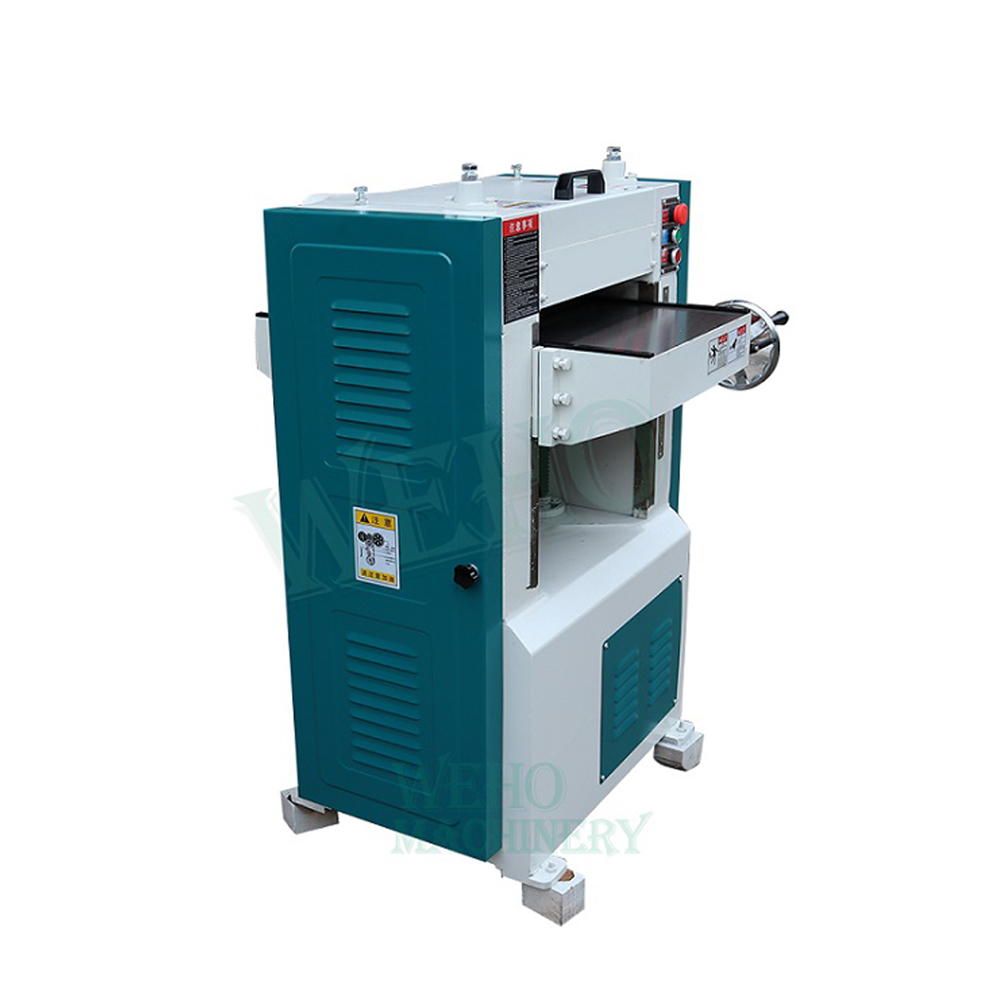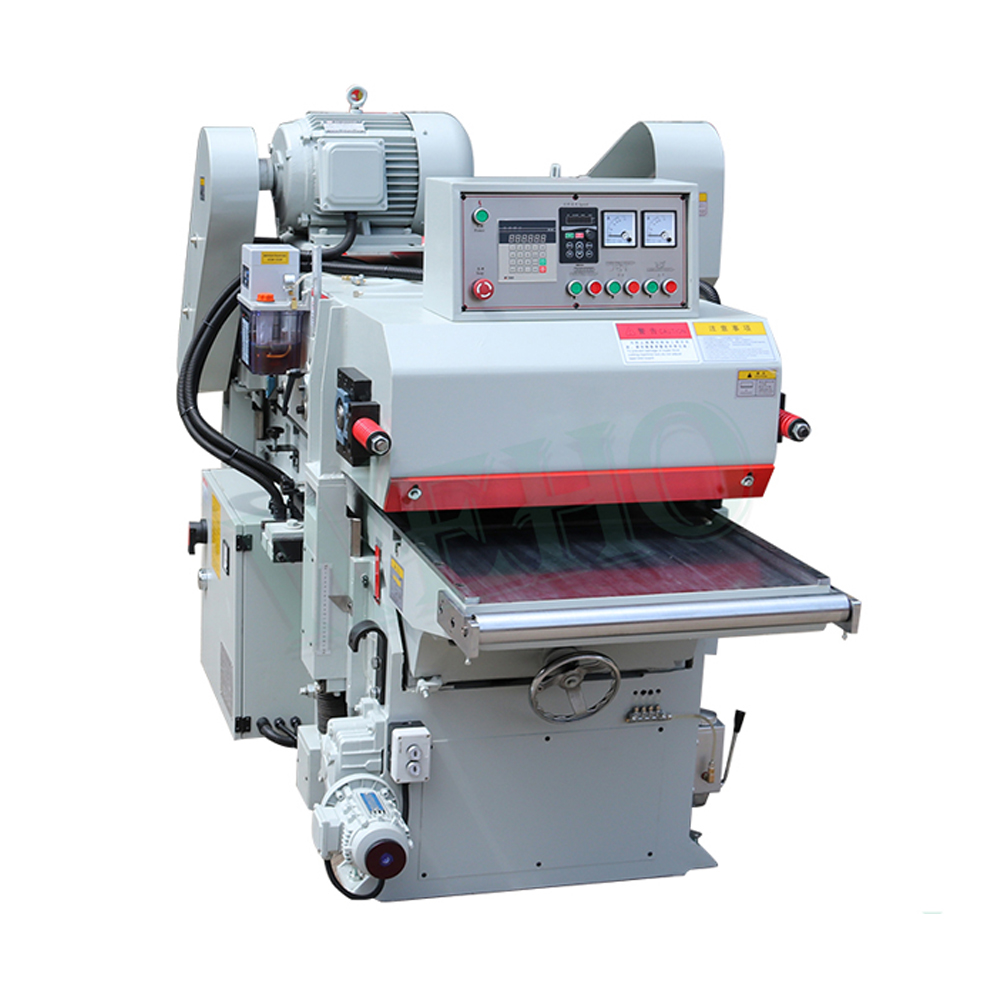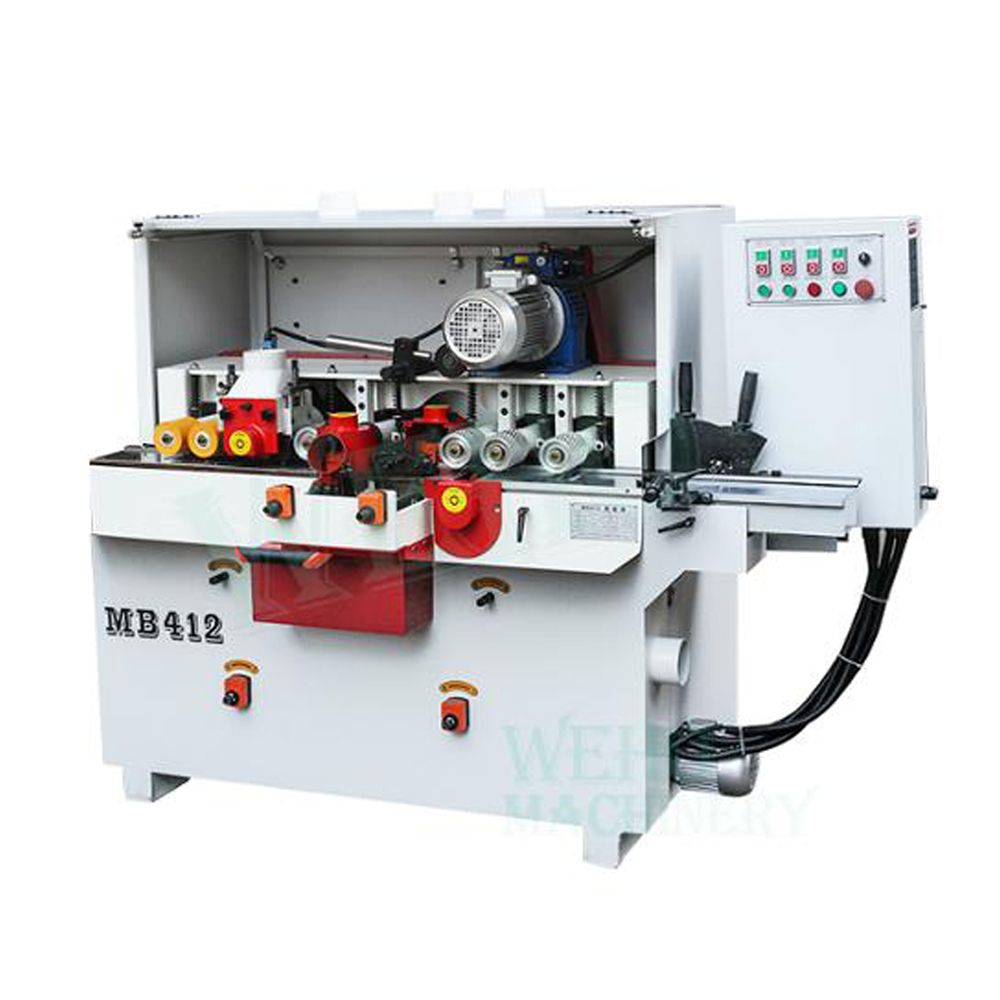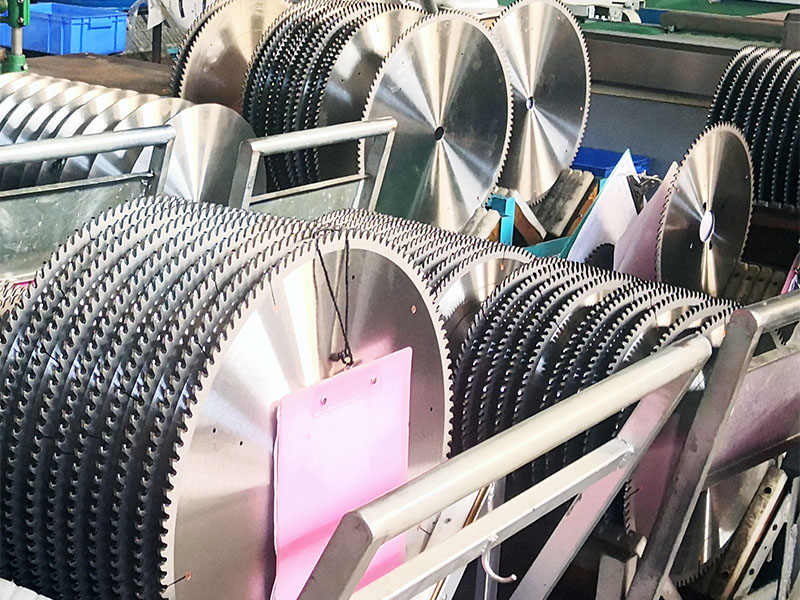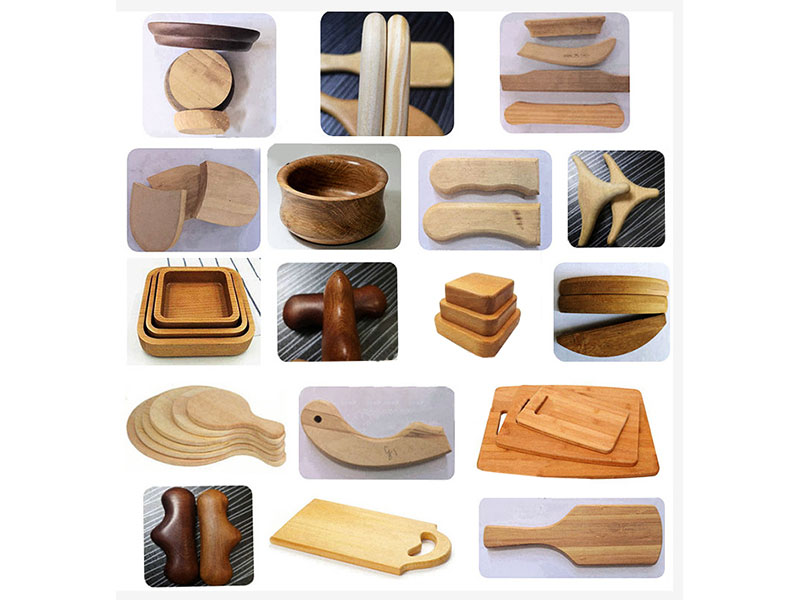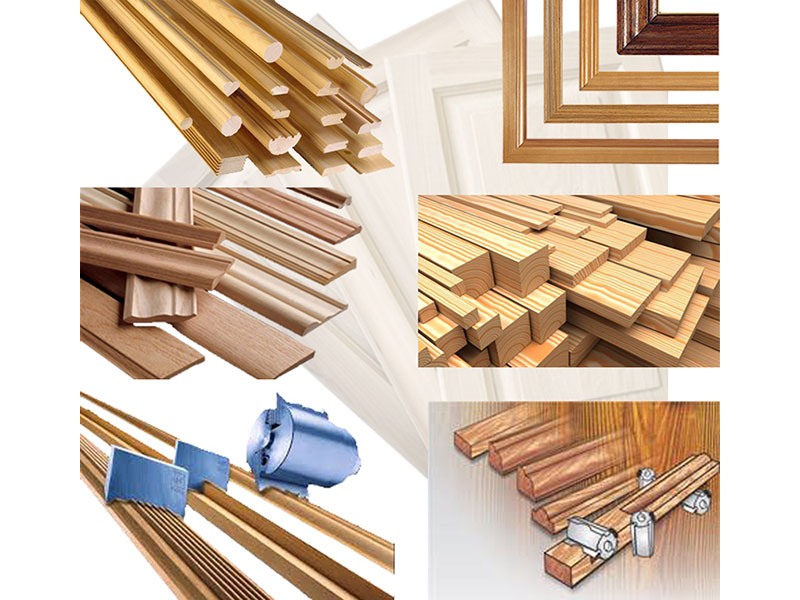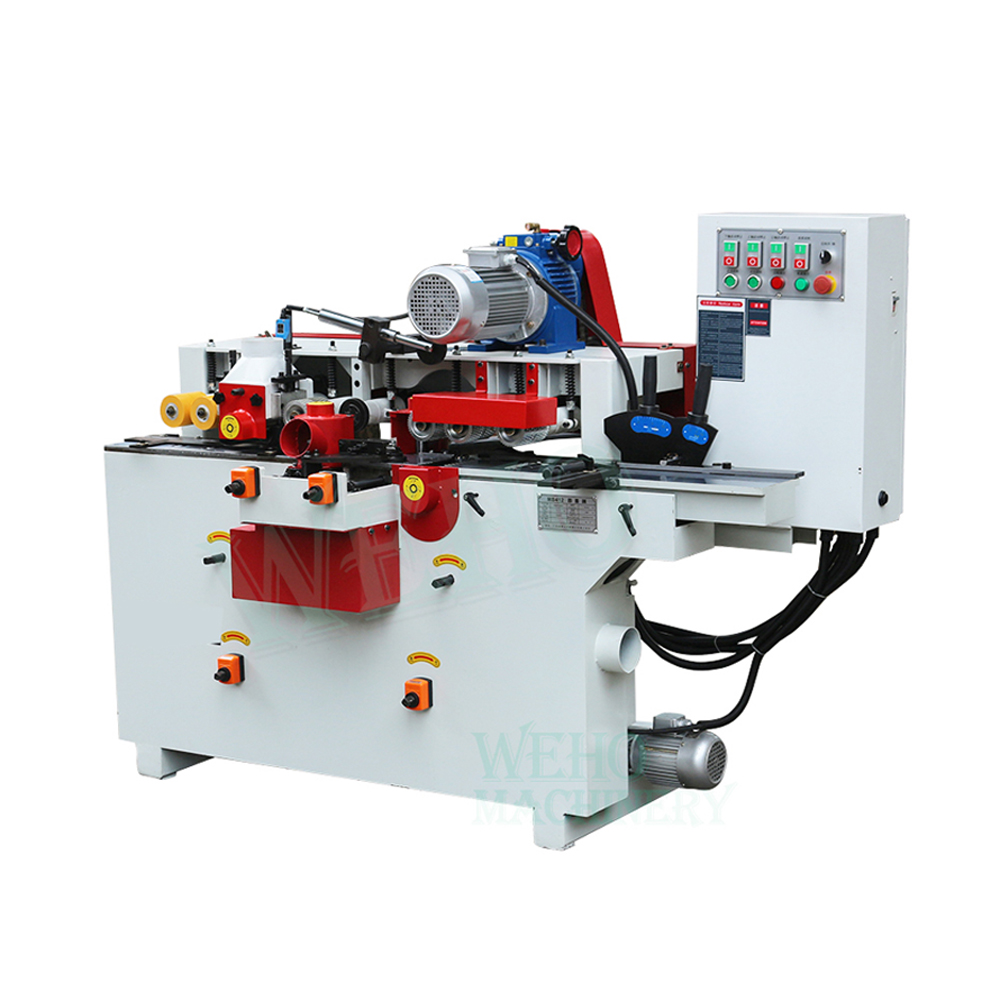
What Is The Difference Between A Wood Planer And A Jointer?
In woodworking, achieving precision and quality in your projects requires the right tools. Among these, the wood planer and the jointer are essential for preparing lumber. While they may seem similar, each serves a distinct purpose in the woodworking process. This article delves into the differences between a wood planer and a jointer, exploring their functions, mechanisms, and how they complement each other in woodworking.
What is a Jointer?
A jointer is primarily designed to flatten one face of a board and square up an edge. It is an essential tool for preparing rough lumber for further processing. The jointer's operation involves passing the wood over a set of blades that are mounted on a flatbed.
Primary Functions of a Jointer
Flattening Surfaces:The jointer flattens one face of a warped or uneven board, creating a reference surface for further work.
Squaring Edges: It squares one edge of the board, ensuring that it can be joined with other pieces without gaps.
Initial Preparation: The jointer is typically the first tool used when working with rough lumber, setting the stage for subsequent processing.
What is a Planer?
A wood planer, also known as a thickness planer, is used to create boards of uniform thickness. It operates by removing material from the top surface of the wood to ensure that both faces are parallel.
Primary Functions of a Planer
Thickness Boards:The primary function of a planer is to reduce the thickness of wood while ensuring that both surfaces are parallel.
Smoothing Surfaces: A planer also smooths surfaces, providing a clean finish that is essential for aesthetic projects.
Final Adjustments: After using the jointer, the planer is used to achieve the desired thickness and finish.
Key Differences Between Jointer and Planer
Understanding the differences between these two tools can help woodworkers choose which one to use based on their project needs.
Function: A jointer flattens one face and squares edges, while a planer creates uniform thickness across both faces.
Cutting Mechanism: In a jointer, blades are embedded in the table; wood passes over them. In contrast, a planer has blades above; wood is fed through rollers.
Surface Preparation: The jointer prepares rough lumber for further processing, whereas the planer finalizes dimensions after jointing.
Typical Use Order: The jointer is used first to create flat surfaces, followed by the planer to achieve uniform thickness.
Working Mechanisms
Jointer Mechanism
The jointer consists of an infeed table and an outfeed table aligned in the same plane. As wood passes over the cutter head—containing sharp knives—it removes thin shavings from one face and edges. This process creates a flat surface and straight edge.
Planer Mechanism
The planer features rollers that hold the board flat against a bed while it passes through a rotating cutter head above. The distance between the bed and the cutter head determines how much thickness is removed in each pass. This mechanism allows for precise control over the final dimensions of the board.
Sequential Use in Woodworking Projects
For optimal results in woodworking projects, using both tools in tandem is highly recommended:
Initial Flattening with a Jointer: Start by flattening one side of the board with the jointer to remove any warps or twists.
Thickness Uniformity with a Planer: Once one side is flat, use the planer to make the opposite side parallel to ensure uniform thickness throughout.
Achieving Perfect Right Angles: After using both tools, you can achieve perfectly squared edges and consistent thickness—essential for high-quality woodworking.
Synergy of Jointers and Planers
The combination of a jointer and planer allows woodworkers to achieve greater precision in their projects. While each tool has its specific function, together they enable:
Enhanced Precision: The jointer ensures flat surfaces while the planer guarantees uniform thickness.
Improved Efficiency: Using both tools reduces manual labor and time spent on finishing surfaces.
Quality Results: The complementary nature of these tools leads to better-fitting joints and smoother finishes.
Considerations for Choosing Between Jointer and Planer
When deciding whether to invest in a jointer or a planer (or both), consider:
Project Requirements: Assess whether your projects require primarily flat surfaces or uniform thickness.
Available Space: Jointers typically have larger footprints compared to planers; consider your workshop space.
Budget Constraints: Both tools can be significant investments; prioritize based on your immediate needs.
Additional Features and Considerations
Portability
Depending on your workshop setup or if you work on-site, portability might be an essential factor when choosing between these tools. Some models are designed to be lightweight and easily transportable, allowing you to work wherever needed.
Maintenance Requirements
Both planers and jointers require regular maintenance to ensure optimal performance:
Blades: Regularly check and sharpen blades as dull blades can lead to poor finishes and increased effort.
Alignment: Ensure that tables are properly aligned; misalignment can result in inaccurate cuts and wasted material.
Dust Collection Systems: Both tools create significant amounts of sawdust; integrating dust collection systems can improve air quality and cleanliness in your workspace.
Safety Features
Modern planers and jointers come equipped with various safety features:
Blade Guards: These protect users from accidental contact with sharp blades.
Emergency Shut-Off Switches: Quick access to shut off power can prevent accidents during operation.
Anti-Kickback Devices: These help prevent boards from being thrown back toward the operator during cutting.
Common Mistakes When Using Jointers and Planers
Even experienced woodworkers can make mistakes with these tools. Here are some common pitfalls:
Skipping Jointing Before Planing: Failing to flatten one face before planing can lead to uneven thicknesses across boards.
Overfeeding Material: Feeding material too quickly can cause tear-out or uneven cuts.
Neglecting Maintenance: Ignoring blade sharpness or alignment can result in poor-quality finishes.
Conclusion
In summary, both wood planers and jointers play vital roles in woodworking. A jointer flattens surfaces and squares edges, while a planer ensures uniform thickness across boards. For fine woodworking projects where precision is paramount, using both tools sequentially will yield superior results.
Understanding their distinct functions allows woodworkers to select appropriate tools for their specific needs, ultimately enhancing their craftsmanship and efficiency in creating beautiful wooden pieces.


